Golden Pavilion Kinkakuji (金閣寺)
Kinkakuji is one of temple in Kyoto Japan also known as the Golden Pavilion, is a Zen temple located in northern Kyoto. The top two floors of the temple are covered entirely in gold leaf, making it a breathtaking and impressive structure. It was originally built as the retirement villa of the shogun Ashikaga Yoshimitsu, and after his death in 1408, it became a Zen temple of the Rinzai sect, as per his will.
The temple has a rich history, having burned down multiple times, including twice during the Onin War and once more recently in 1950 when it was set on fire by a fanatic monk. The present structure was rebuilt in 1955.
Each floor of the temple represents a different style of architecture. The first floor is built in the Shinden style used for palace buildings during the Heian Period and contains statues of the Shaka Buddha and Yoshimitsu. The second floor is built in the Bukke style used in samurai residences and is entirely covered in gold leaf. Inside, there is a seated Kannon Bodhisattva surrounded by statues of the Four Heavenly Kings, but unfortunately, they are not shown to the public. The third and uppermost floor is built in the style of a Chinese Zen Hall, is gilded inside and out, and is capped with a golden phoenix.
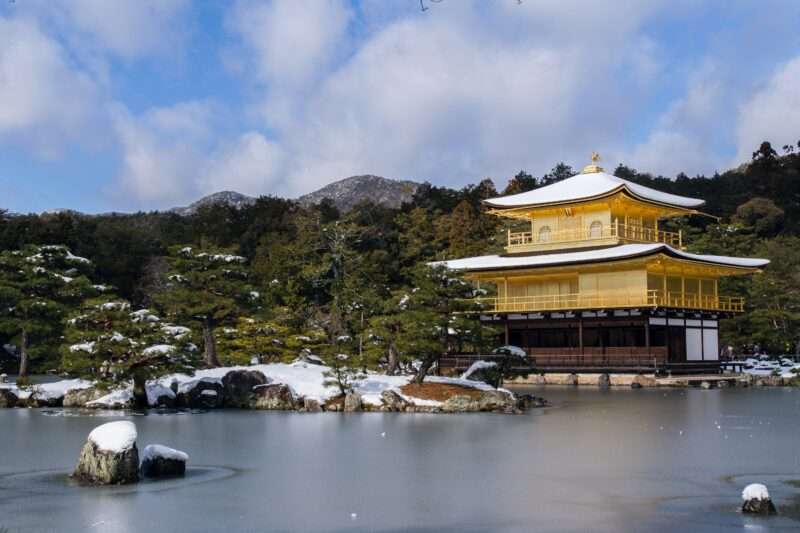
Golden Pavilion
Related Articles
The temple’s gardens have retained their original design from Yoshimitsu’s days, and visitors can explore Anmintaku Pond, which is said to never dry up, and statues that people throw coins at for luck. The Sekkatei Teahouse was added to Kinkakuji during the Edo Period, and outside the exit are souvenir shops, a small tea garden where you can have matcha tea and sweets, and Fudo Hall, a small temple hall that houses a statue of Fudo Myoo, one of the Five Wisdom Kings and protector of Buddhism. The statue is said to be carved by Kobo Daishi, one of the most important figures in Japanese religious history.
How to get to Kinkakuji Temple(金閣寺)
From Kyoto Station, you can take the direct Kyoto City Bus number 205 which will get you there in about 40 minutes for 230 yen. Alternatively, you can take the Karasuma Subway Line to Kitaoji Station (15 minutes, 260 yen) and then take a taxi (10 minutes, about 1300 yen) or bus (10 minutes, 230 yen, bus numbers 204 or 205) from there to Kinkakuji.
If you’re looking to explore more of Kyoto, there are also various transportation options available such as buses, subways, and taxis.
Links and Resources
English Kinkakuji Official Website
Japanese Kinkakuji Official Website
FAQs
Is Kinkakuji free?
No, Kinkakuji, also known as the Golden Pavilion, is not free. There is an admission fee to enter the temple grounds.The admission fee for Kinkaku-ji temple in Kyoto, Japan is currently 400 yen for adults and 300 yen for children.
Is Kinkakuji worth it?
Yes, Kinkakuji is definitely worth visiting. It is one of Kyoto’s most iconic and beautiful landmarks. The Golden Pavilion, set against the backdrop of a serene garden and reflecting in the surrounding pond, creates a stunning and memorable sight. The temple’s rich history and unique architecture make it a must-visit destination for travelers.
How long do you need at Kinkakuji Temple?
The amount of time you need at Kinkakuji Temple can vary depending on your personal preferences. On average, visitors spend around 1 to 2 hours exploring the temple grounds, admiring the iconic Golden Pavilion, and strolling through the surrounding gardens. However, feel free to allocate more time if you want to fully immerse yourself in the serene atmosphere and take your time to appreciate the beauty of the temple.
Can you go inside Kinkakuji?
Yes, Kinkaku-ji is definitely worth visiting. It is one of Kyoto’s most iconic and beautiful landmarks. The Golden Pavilion, set against the backdrop of a serene garden and reflecting in the surrounding pond, creates a stunning and memorable sight. The temple’s rich history and unique architecture make it a must-visit destination for travelers.
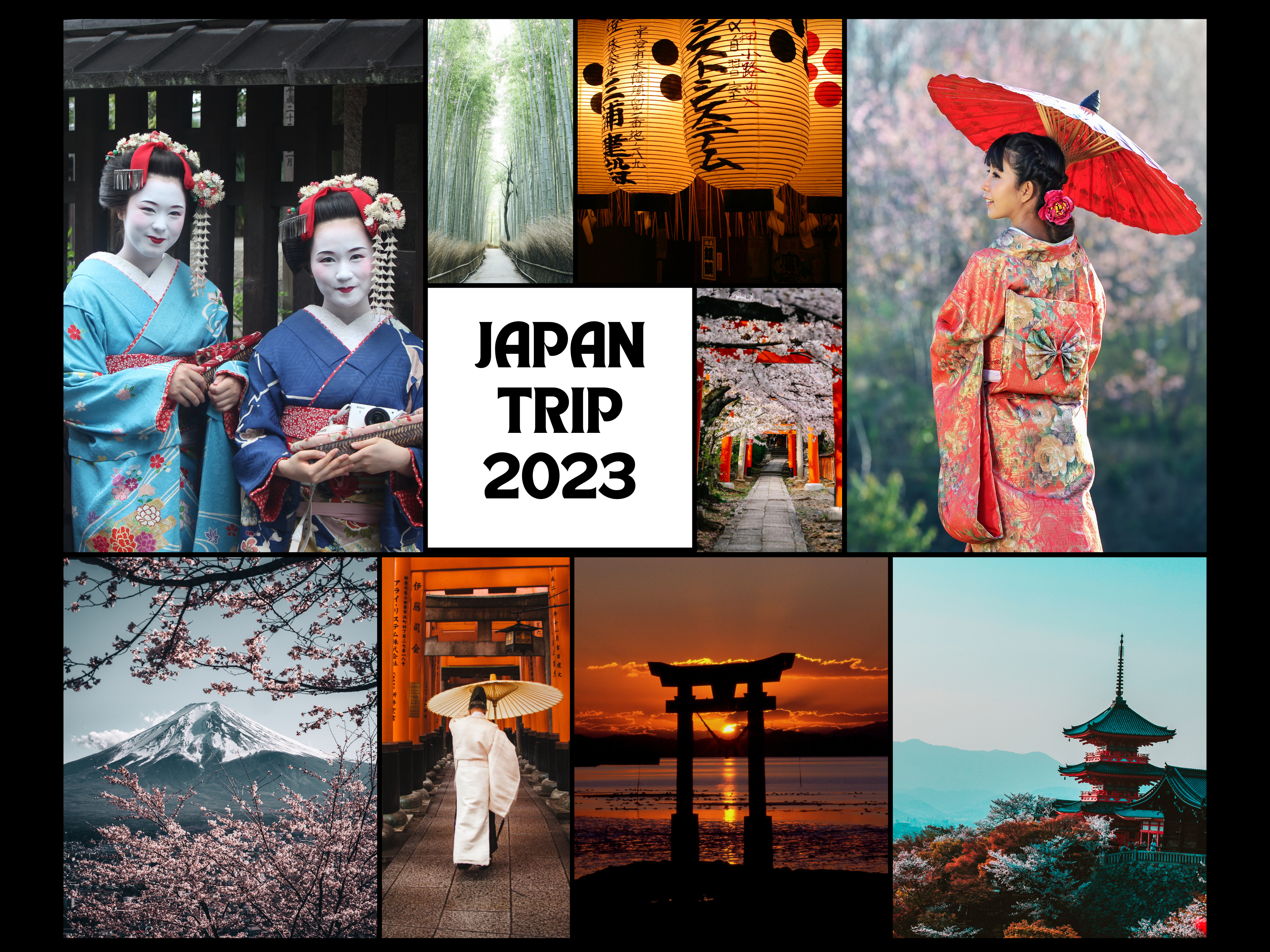
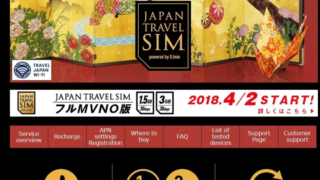

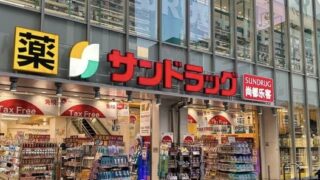
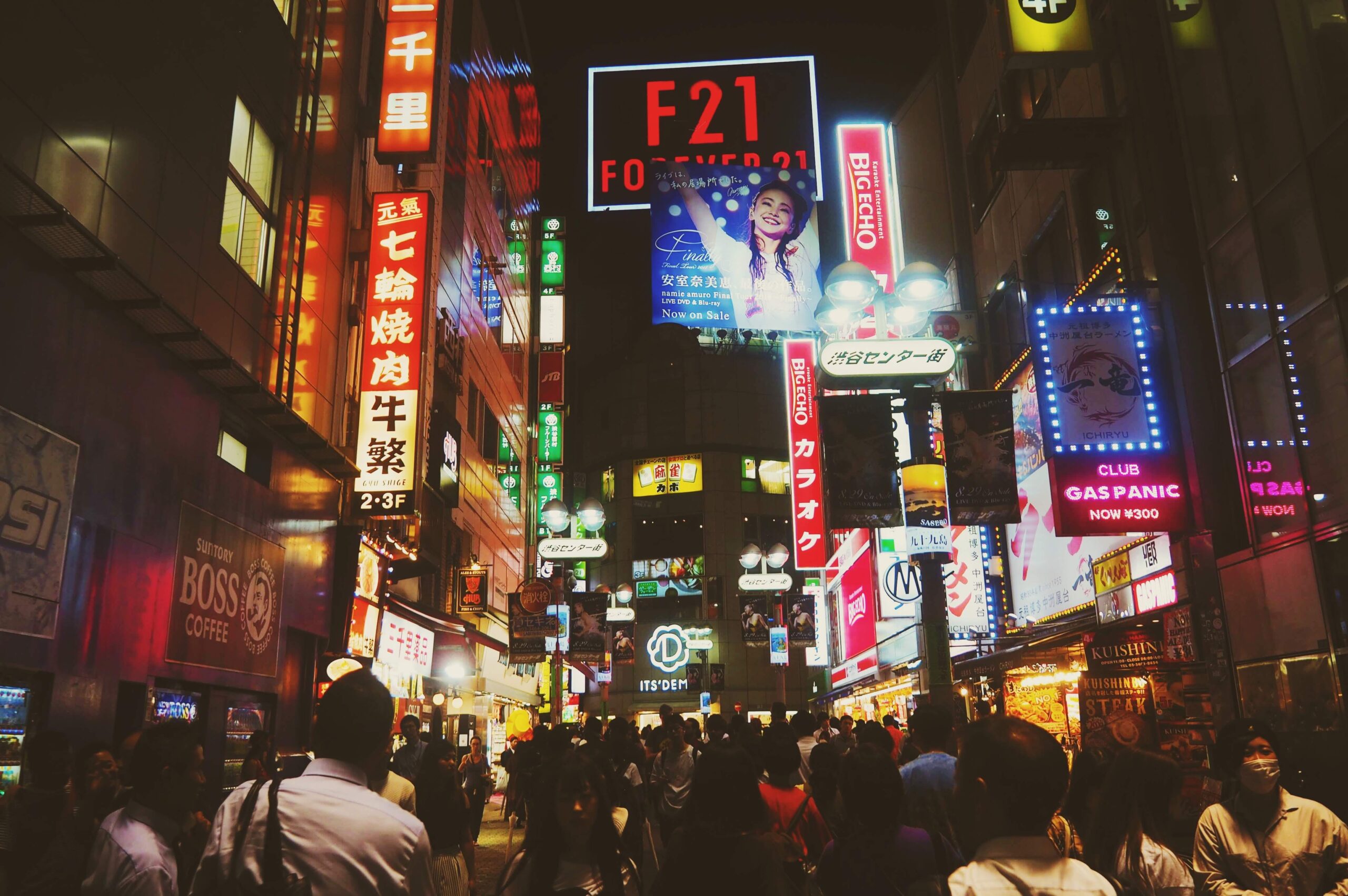

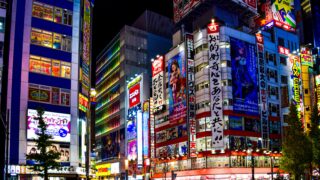
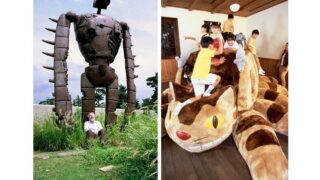


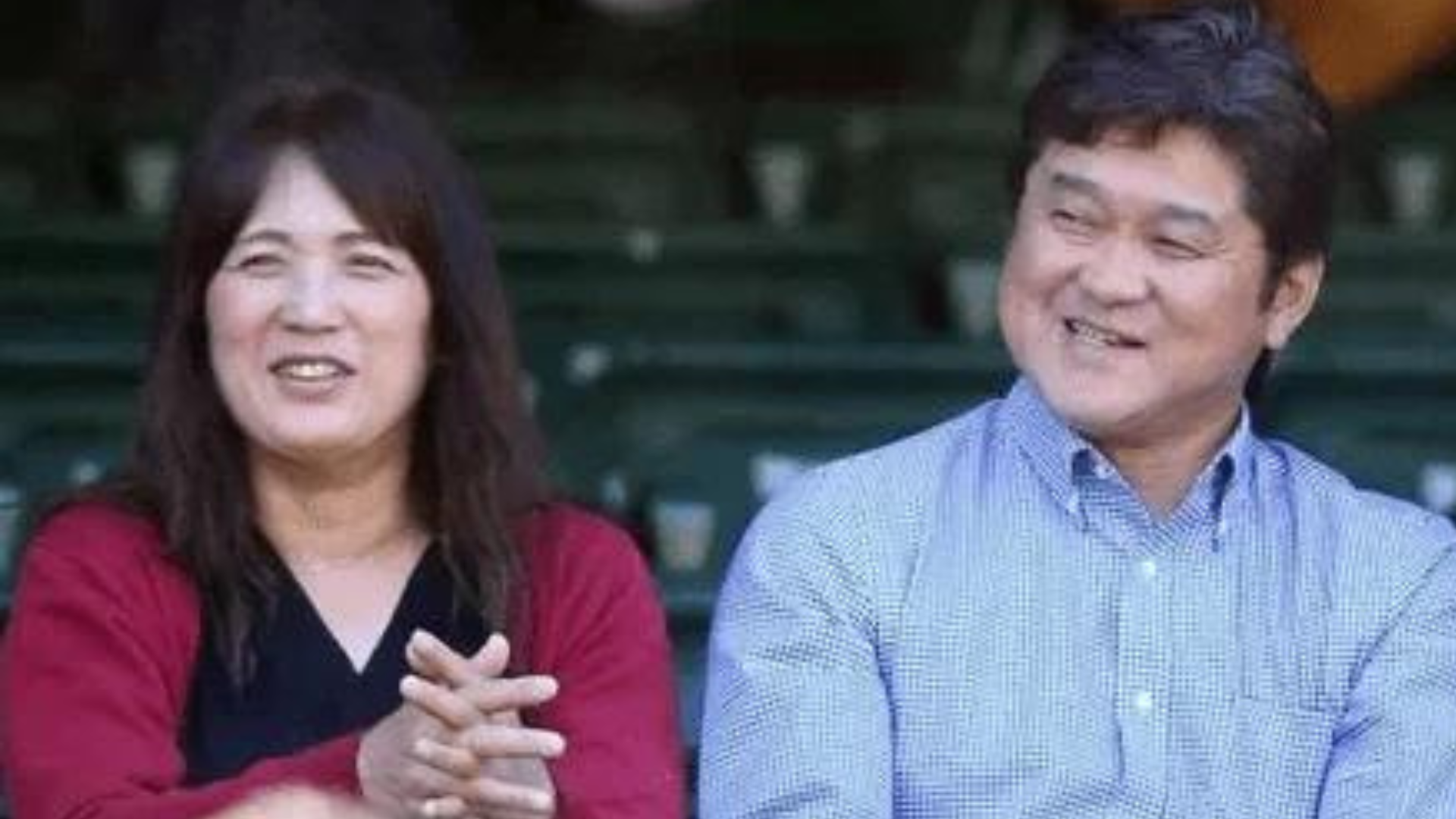

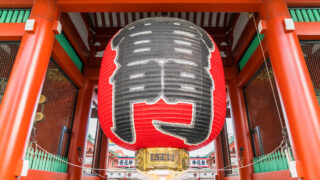


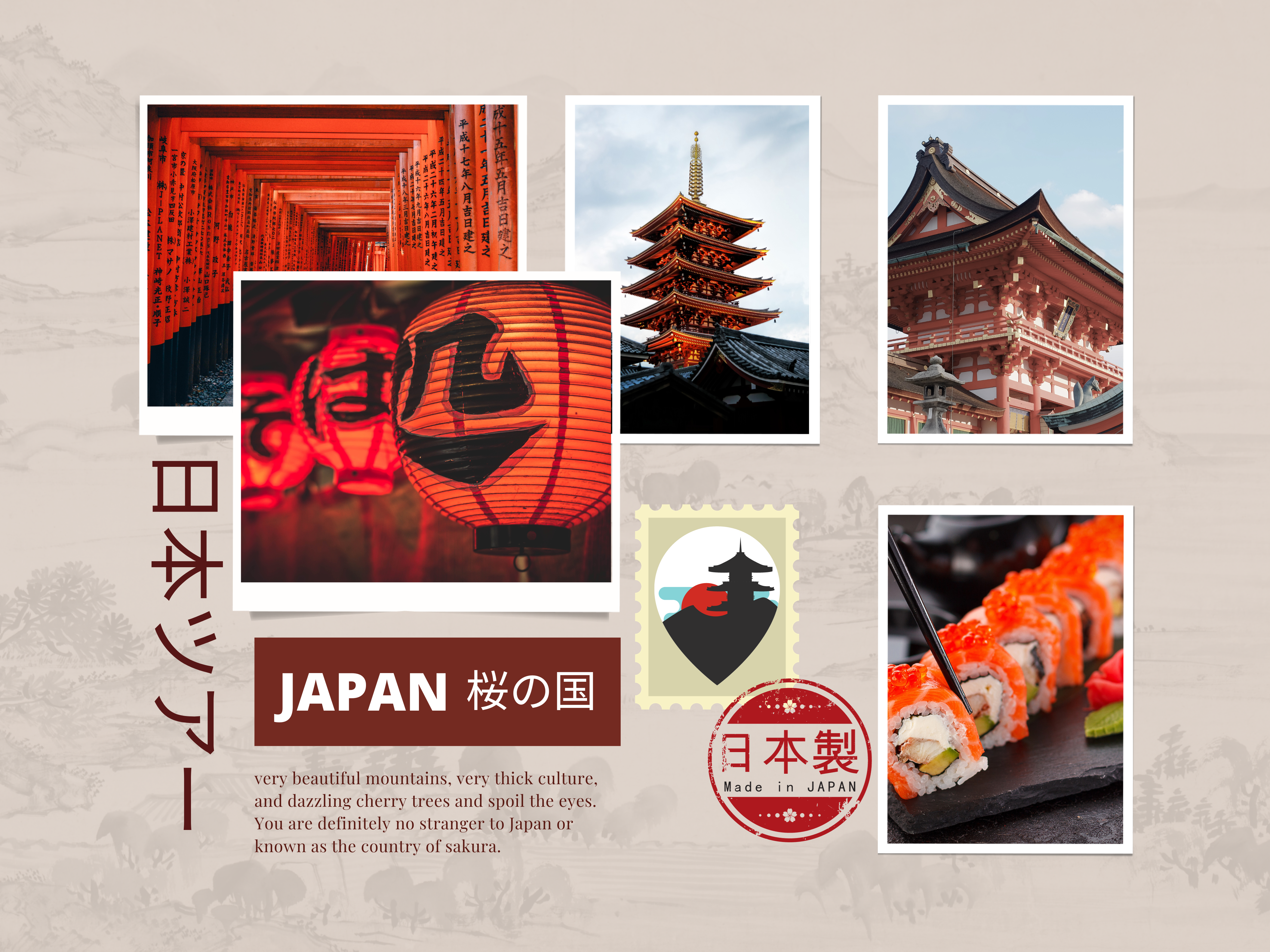
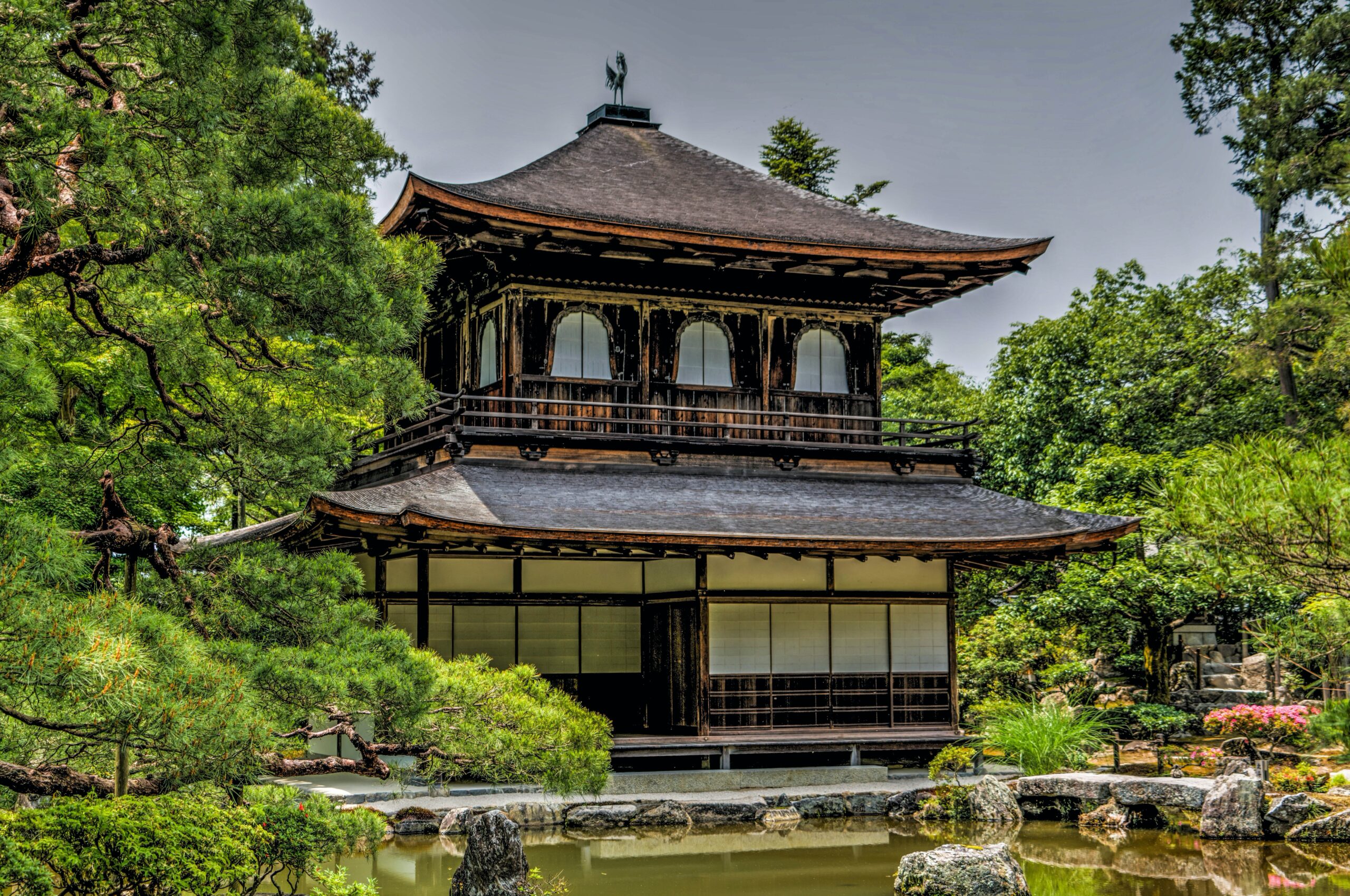
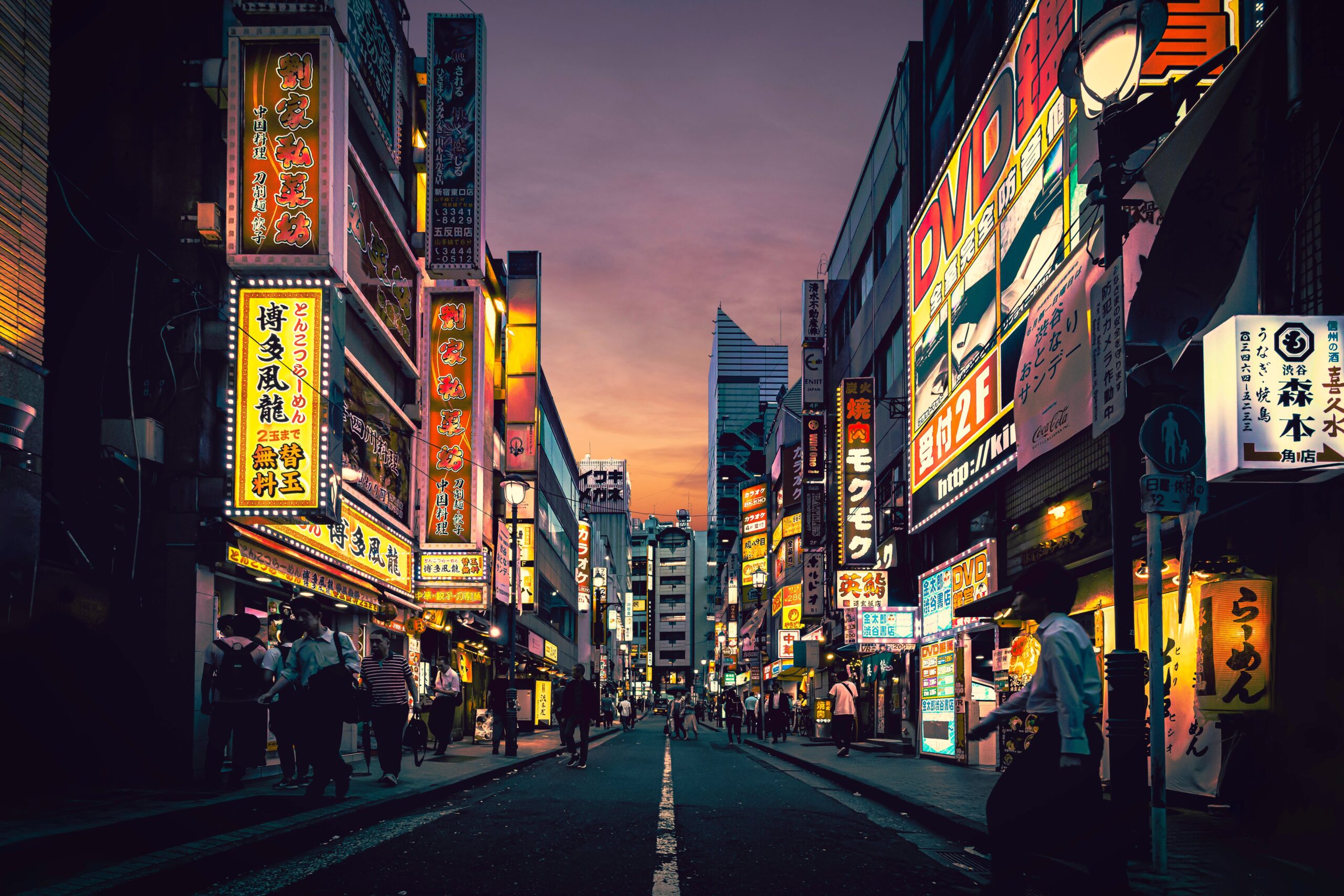
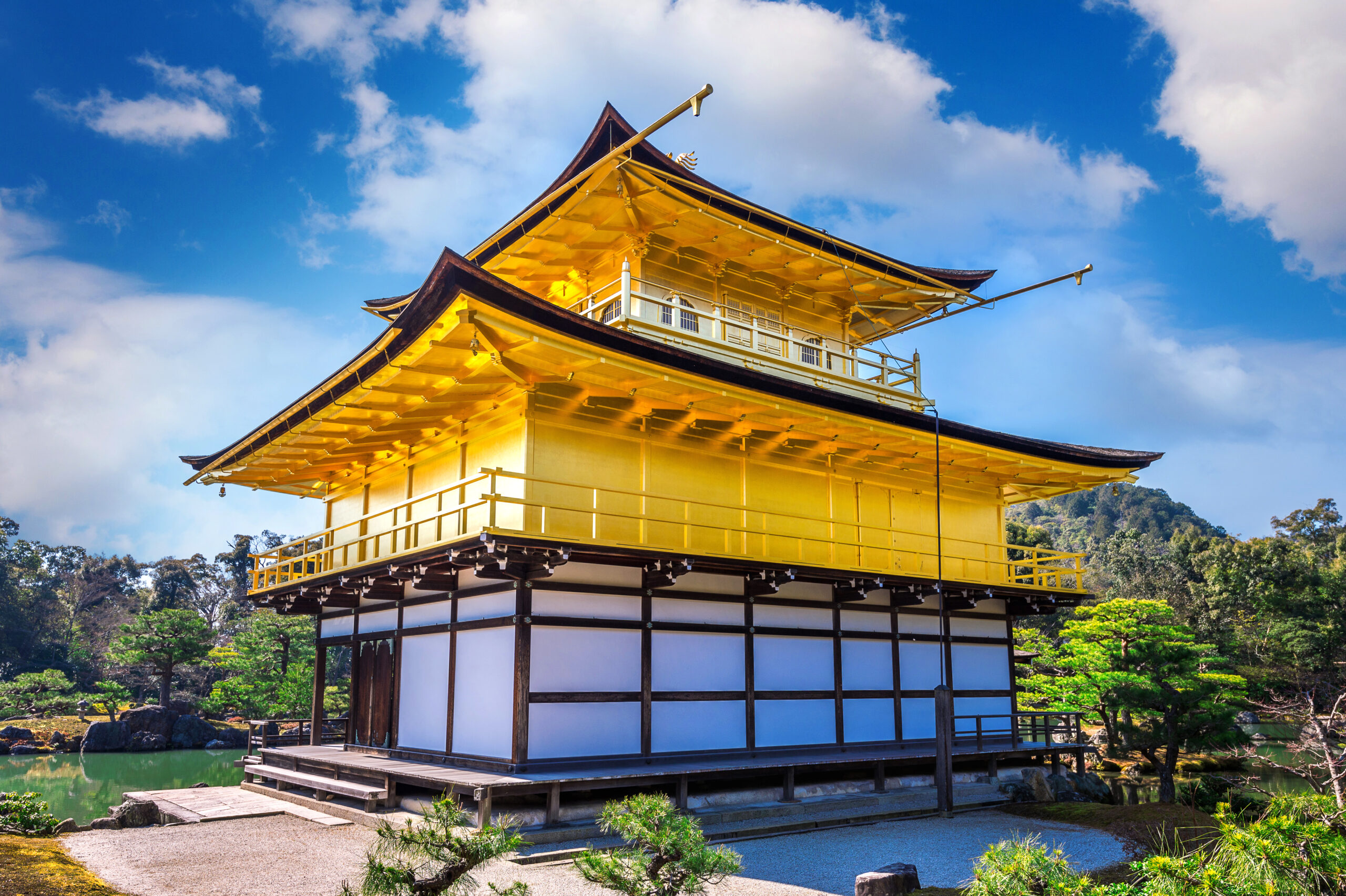
コメント